Thanks to the guys at www.cinegearpro.com letting be try this out and run some tests with it. You can get the TS-02 from them for pretty much the same price you'd pay on ebay, but with proper customer support and warranty + fast delivery for those of you based in UK. If you are based in London like myself, you visit their showroom to see and try this lens support yourself before handing over your hard earned cash.
If you'd still prefer to get yours on ebay, you can find it here
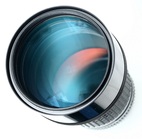

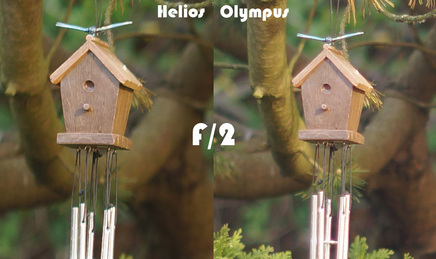
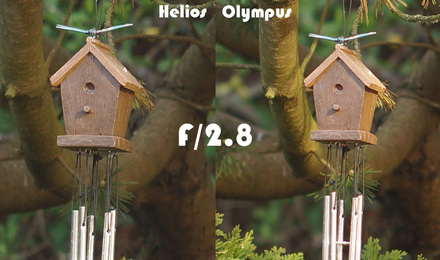
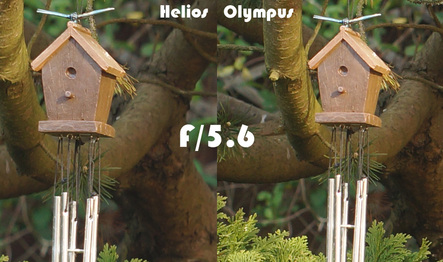

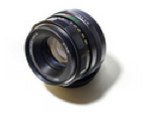
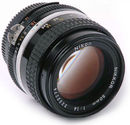
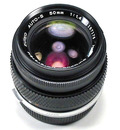
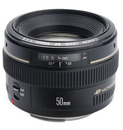


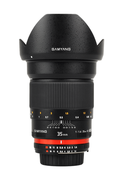
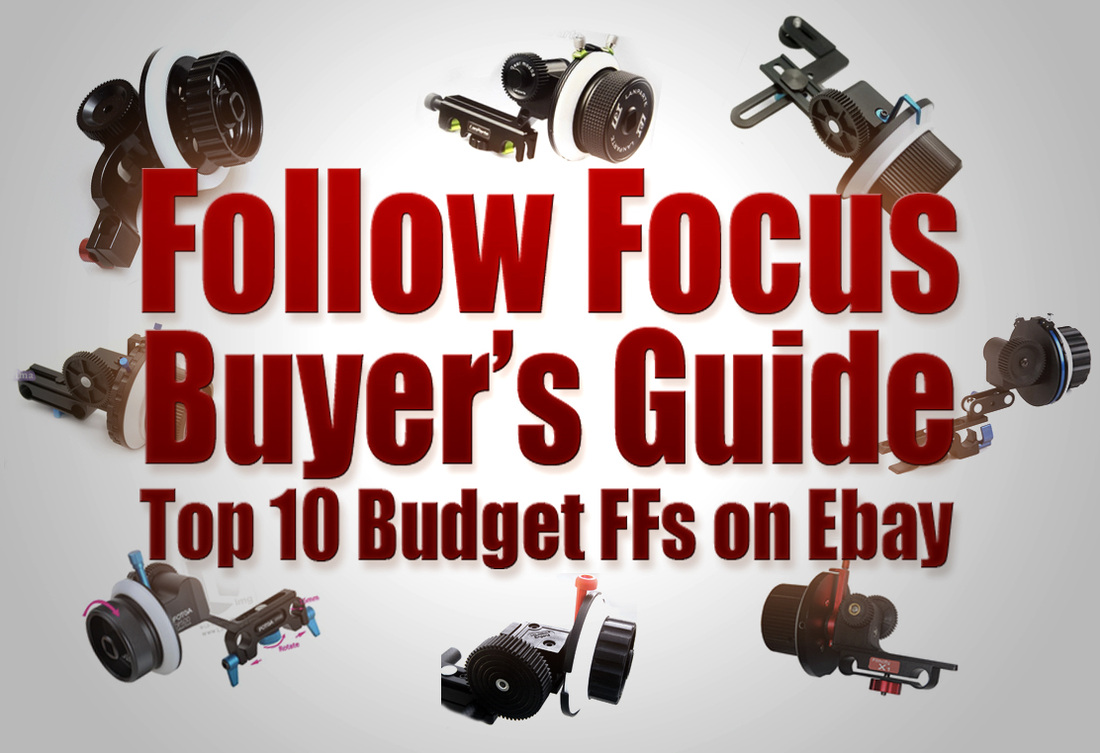

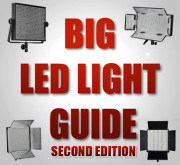
 RSS Feed
RSS Feed
